When considering major European capitals like London, Paris, Rome, or Berlin, most are situated alongside grand rivers, namely the Thames, Seine, Tiber, and Spree, all of which play pivotal roles in their cities’ identities and histories. Until recently, Madrid was an exception. The Manzanares River was largely neglected under the shadow of infrastructures such as the M-30 ring road. Then Madrid Río came along.
Madrid Río is an urban park that exemplifies a remarkable transformation. But Madrid Río is more than just a park; it’s a testament to urban transformation and sustainability in the heart of Spain’s capital. What once was a congested motorway has been reinvented into an expansive green space.
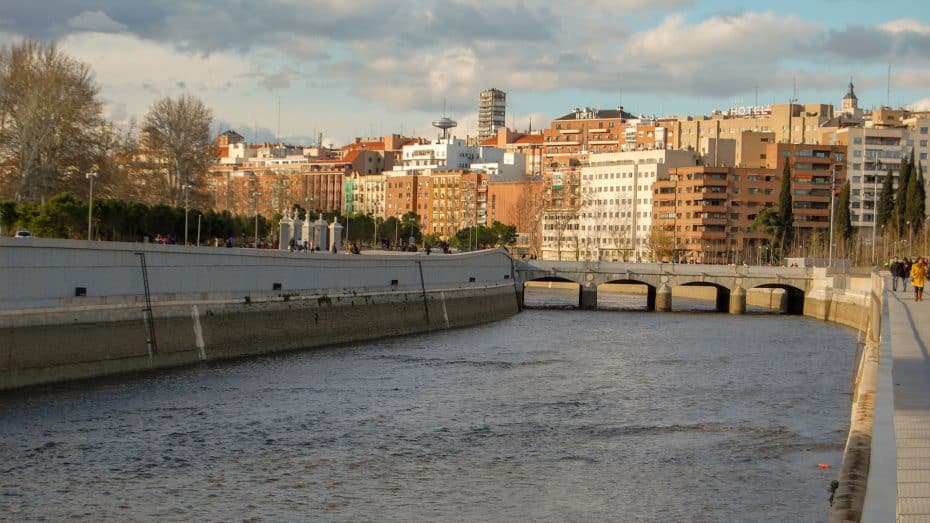
Boasting recreational areas, cultural sites, and scenic walkways, Madrid Río has greatly enhanced the quality of life in Madrid and serves as an exemplary model for urban renewal.
In this blog post, we’ll uncover the fascinating journey of Madrid Río, explore its diverse attractions, and delve into its environmental contributions that have set a new standard in urban planning.
Madrid Río: History of a Project
Today, Madrid Río is a symbol of urban transformation. Redeveloped from an old expressway, this expansive green space has seamlessly integrated natural beauty and modern design.
The plan involved burying sections of the motorway to restore and develop over 820 hectares of land. This bold engineering challenge required re-routing traffic through a massive underground tunnel system extending nearly 10 kilometers (6 miles). It demanded significant investment, costing approximately €4 billion. It is hailed as one of Spain’s most comprehensive and successful urban beautification projects.
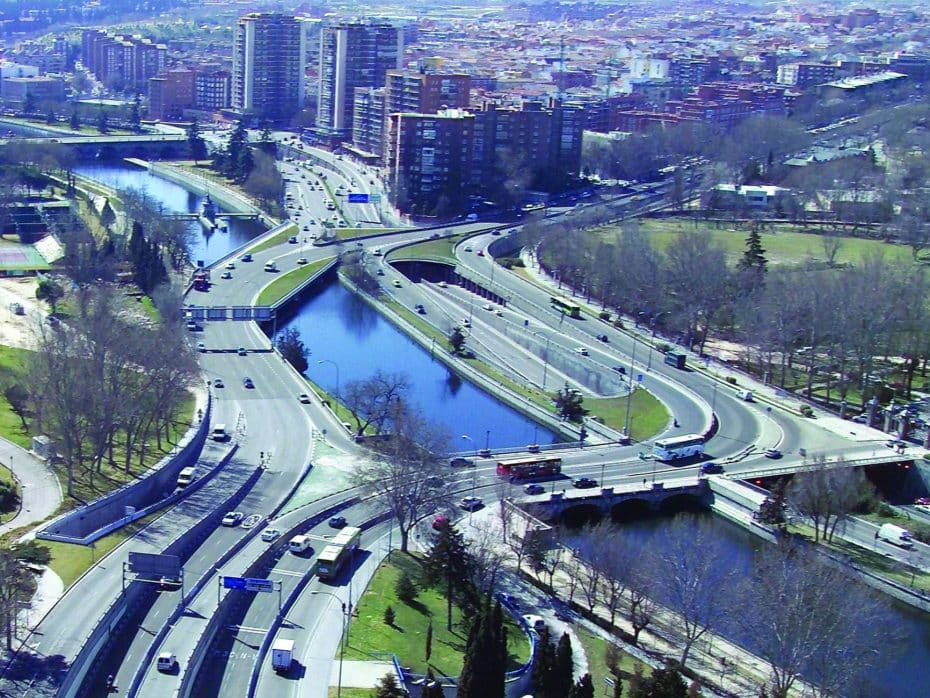
Before the project’s inception, the overbearing M-30 ring road dominated the area, creating a significant physical and social divide within Madrid. This major highway, completed in the 1960s, ran along the Manzanares River, limiting access to its banks and creating an environment overwhelmed by traffic noise and pollution.
The transformation began in 2003 with a bold vision spearheaded by then-Mayor Alberto Ruiz-Gallardón. The initial idea was to reclaim this neglected area, turning it into a shared public space for all citizens while addressing the environmental impact caused by heavy traffic. The first phase of this ambitious urban regeneration project involved rerouting the highway, thus freeing up substantial land above ground for new developments.
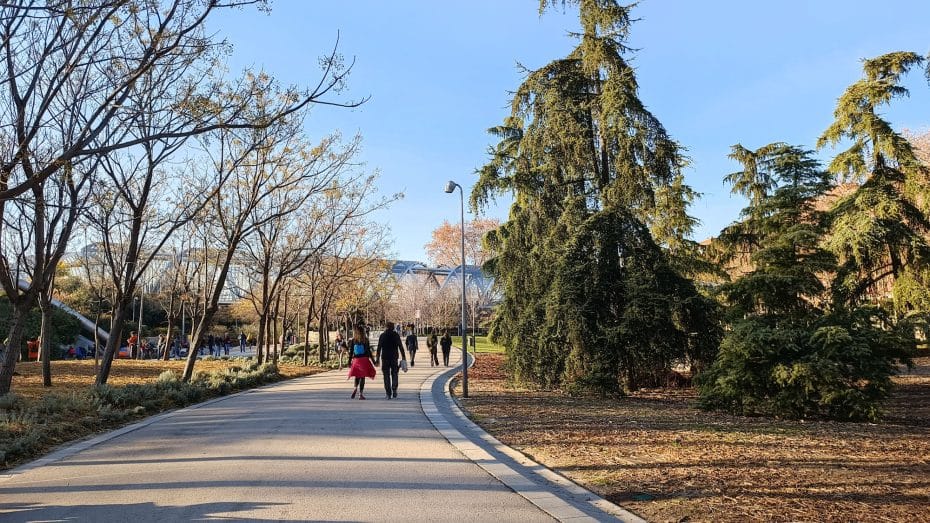
Key milestones in the evolution of Madrid Río include tunnel construction in 2004 and its completion by late 2007. This mammoth engineering feat resulted in a nine-kilometer-long urban park stretching along both sides of the river, reconnecting neighborhoods previously separated by the highway. By 2011, Madrid Río had officially opened to the public, showcasing newly planted trees, parks, playgrounds, and cultural spaces.
Recent years have seen further enhancements to the project with the recent revitalization of Plaza España, which began in 2019. This project aimed to create seamless connectivity between Madrid Río and other significant Madrid landmarks like Templo de Debod and Gran Vía. Completed in 2021, the redevelopment effort focused on creating pedestrian-friendly areas, improving access to green spaces, and promoting sustainable urban mobility.
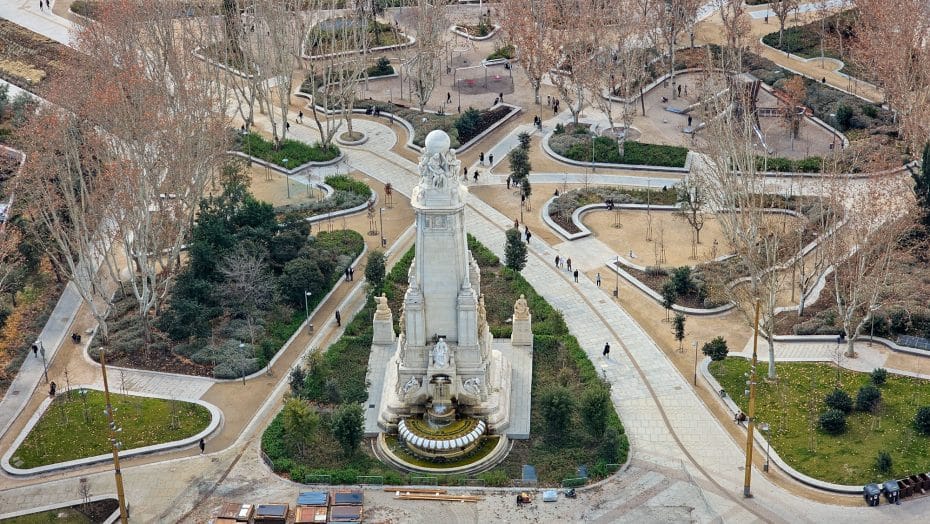
Looking ahead, future expansions include extending green corridors to link with other parks and projects around Madrid. Plans are underway to enhance biodiversity, renaturalize the Manzanares, and introduce more cultural installations along Madrid Río.
Madrid Río: Things to See
The park features extensive recreational areas, including playgrounds that entertain children with whimsical structures like a giant spider web and a large slide shaped like a castle. The more adventurous can enjoy the state-of-the-art sporting facilities that cater to soccer, tennis, and skateboarding enthusiasts. Cyclists and runners benefit from dedicated paths stretching throughout the park.
One of the park’s highlights is its integration with historical landmarks like Puente de Toledo and Puente de Segovia. The Puente de Toledo, an ornate baroque bridge built during the reign of Philip IV in 1724, connects the Carabanchel and Arganzuela districts and showcases impressive stone carvings depicting San Isidro and Santa Maria de la Cabeza. Meanwhile, Puente de Segovia, constructed between 1582 and 1584 under Philip II’s directive, is considered one of the oldest bridges in the city and offers magnificent views of the Royal Palace.
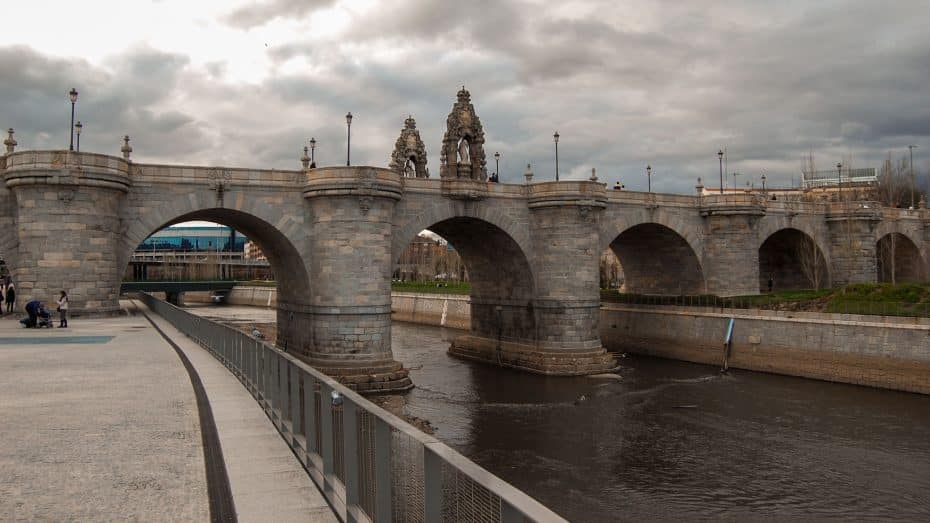
Another notable site is the Chapel of Virgen del Puerto, built in the 18th century and rebuilt after it suffered severe damage during the Spanish Civil War.
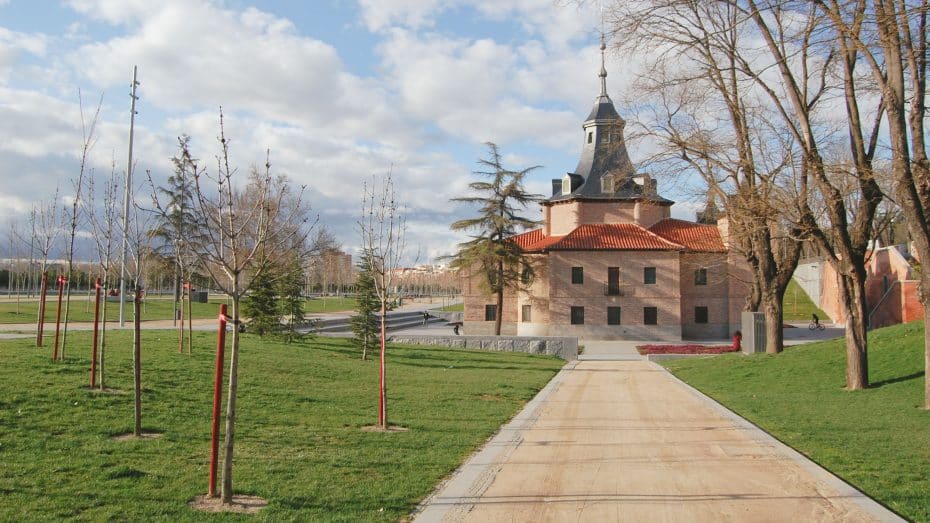
The monumental Arganzuela Bridge, designed by Dominique Perrault, connects various parts of Madrid Río. This steel structure has become an iconic landmark thanks to its serpentine form and striking lattice design.
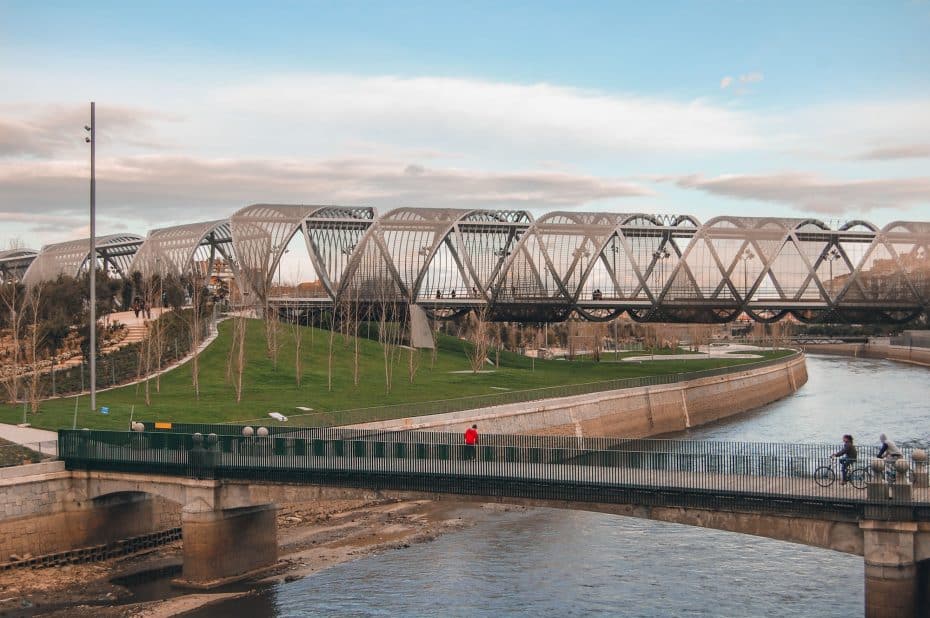
Not far from Madrid Río lies Matadero Madrid, a former slaughterhouse now converted into a major cultural center hosting exhibitions, theater performances, and film screenings. The park also integrates seamlessly with several historic gardens, including Campo del Moro and Jardines de Sabatini.
Bringing Nature Back into City Life
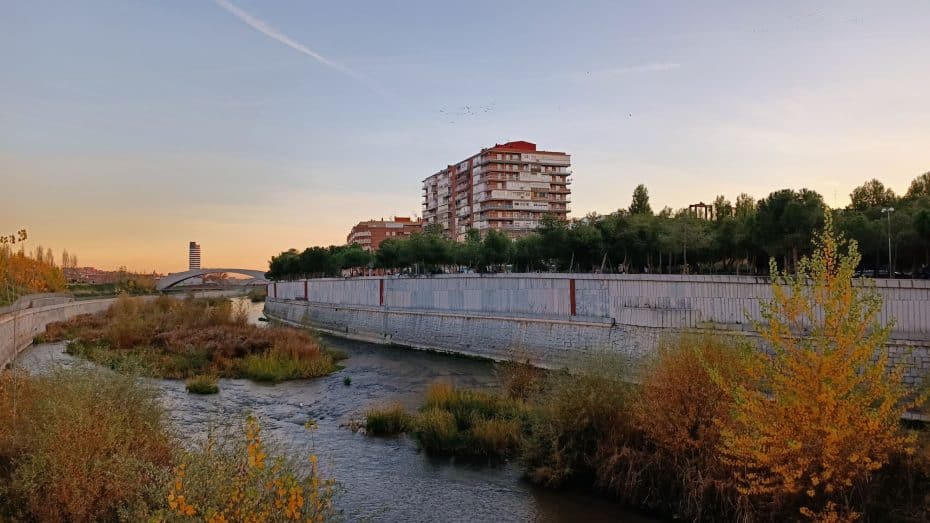
The environmental impact of Madrid Río is profound. The project facilitated the renaturalization of the Manzanares River, which had suffered considerable pollution and neglect over the decades. Native vegetation was reintroduced to stabilize the river banks and improve water quality, encouraging biodiversity. This included planting over 33,000 trees and creating habitats conducive to various species of birds, fish, and small mammals. Introducing weirs and cascades has also improved water oxygenation and aquatic life.
Sustainability was at the heart of Madrid Río’s design. The park employs advanced irrigation systems that minimize water waste using recycled water from Madrid’s treatment plants. Pathways and recreational areas are constructed from porous materials to enhance rainwater absorption, reducing runoff and replenishing groundwater levels. Additionally, solar panels throughout the park power much of its lighting, reflecting an adherence to renewable energy principles.
An Example for the World
The success of Madrid Río has inspired similar urban renewal initiatives in other cities around the world. Los Angeles has embarked on plans to revitalize its own river through projects like the Los Angeles River Revitalization Master Plan, aiming to turn neglected riverbanks into thriving green spaces. Seoul’s Cheonggyecheon Stream Restoration is another example of an old highway that was removed to uncover a historic stream, transforming it into an urban park that significantly improved the local quality of life.


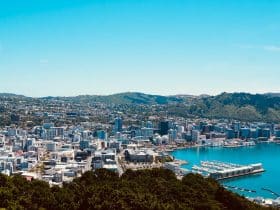
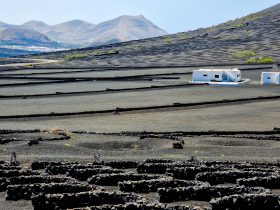
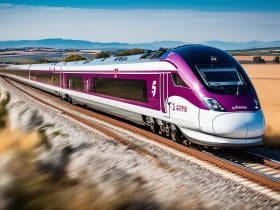
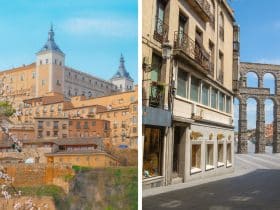
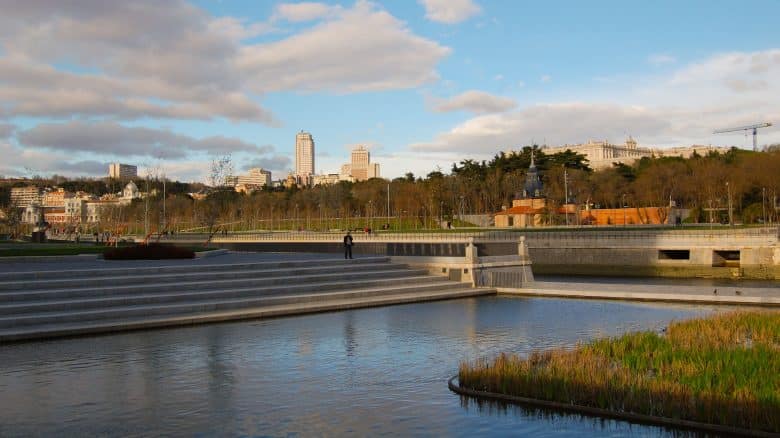
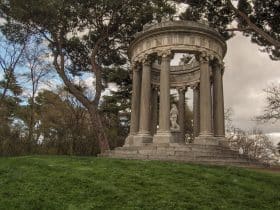
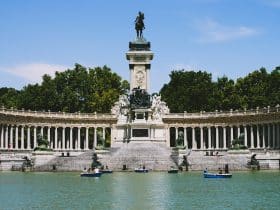
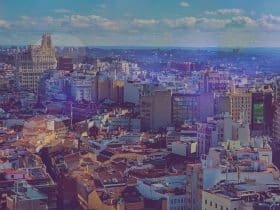
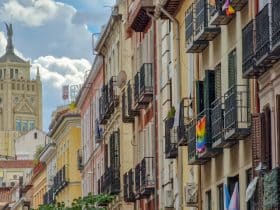

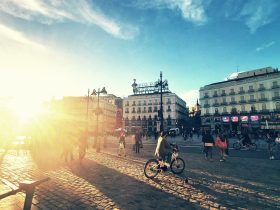
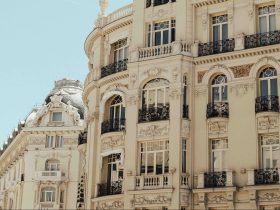
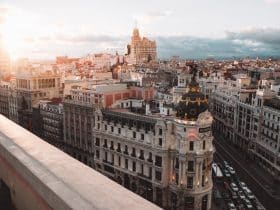

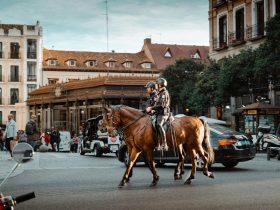
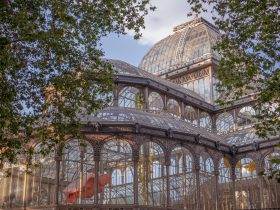
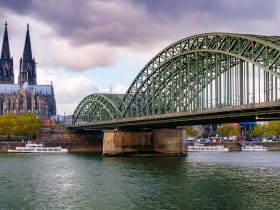


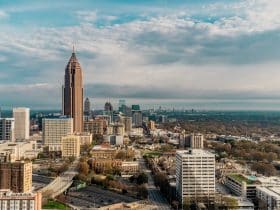









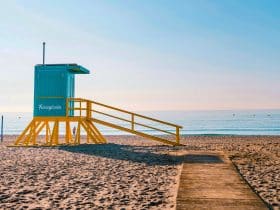
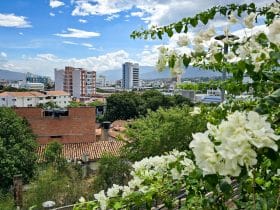
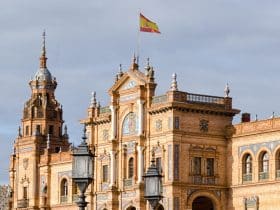
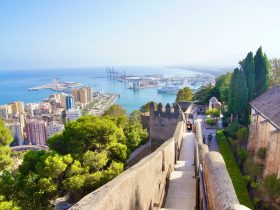
Leave a Reply
View Comments